Intro to Film Studies Midterm
1/150
There's no tags or description
Looks like no tags are added yet.
Name | Mastery | Learn | Test | Matching | Spaced |
|---|
No study sessions yet.
151 Terms
Mise-en-scene
The items placed in the scene
Setting
Location or studio environment in film.
Costume and Makeup
Visible or invisible character attire and appearance.
Props
Objects with instrumental, cultural, or metaphorical roles.
Lighting
Illumination quality, direction, and source in film.
Quality of Lighting
Differentiates between hard and soft lighting.
Direction of Lighting
Includes frontal, sidelight, backlighting, and more.
Three-point Lighting
Key light, backlight, and fill light setup.
High-key Lighting
Bright lighting with minimal shadows.
Low-key Lighting
Dark lighting with strong contrasts and shadows.
Screen Space
Balance and symmetry within the film frame.
Color Design
Use of colors, can be realistic or artificial.
Depth Cues
Techniques indicating volume, planes, and perspective.
Shallow Space
Limited depth, often with flat composition.
Deep Space
Significant depth, creating a three-dimensional effect.
Realistic Mise-en-scene
Authentic representation, exemplified by Chocolat.
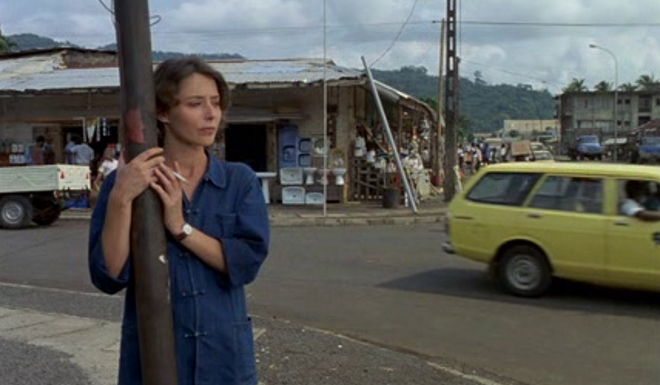
Theatrical Mise-en-scene
Stylized representation, exemplified by Singin' in the Rain.
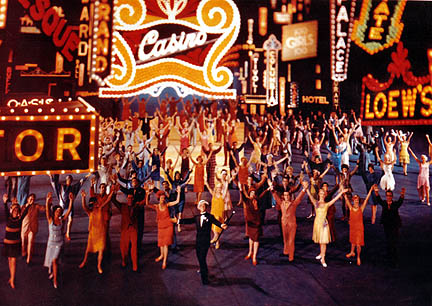
Staging/Acting
Differences in performance for stage versus screen.
Instrumental Props
Objects that serve a functional purpose in scenes.
Cultural Props
Objects that reflect cultural significance or context.
Metaphorical Props
Objects symbolizing deeper meanings or themes.
Exercise in Film Analysis
Comparative analysis of stills and clips.
MGM
Film studio that produced 'Singin' in the Rain'.
1952
Year 'Singin' in the Rain' was released.
Additive dissolve
Transition effect blending two scenes together.
Pan
Camera movement sweeping across the scene.
Bi and polyamorous
Don's sexual orientation and relationship style.
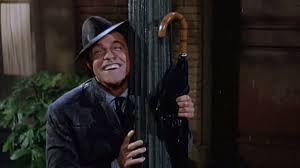
Reverse montage
Editing technique showing sequences in reverse order.
Lavalier microphones
Small mics used for capturing dialogue discreetly.
Symbolising fantasy
Use of visual effects to represent dreams.
Green screen
Technique for adding backgrounds digitally.
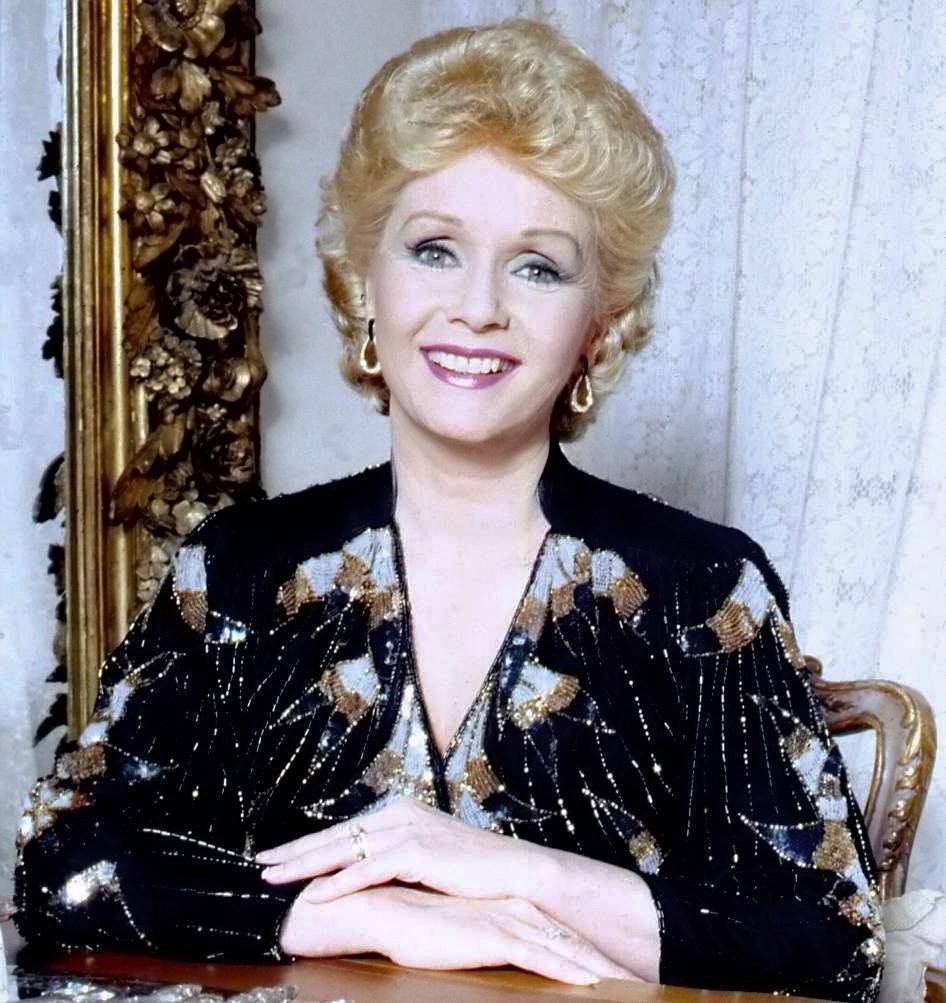
Debbie Reynolds
The actress who played Kathy, whose singing was replaced by that of an uncredited actor,
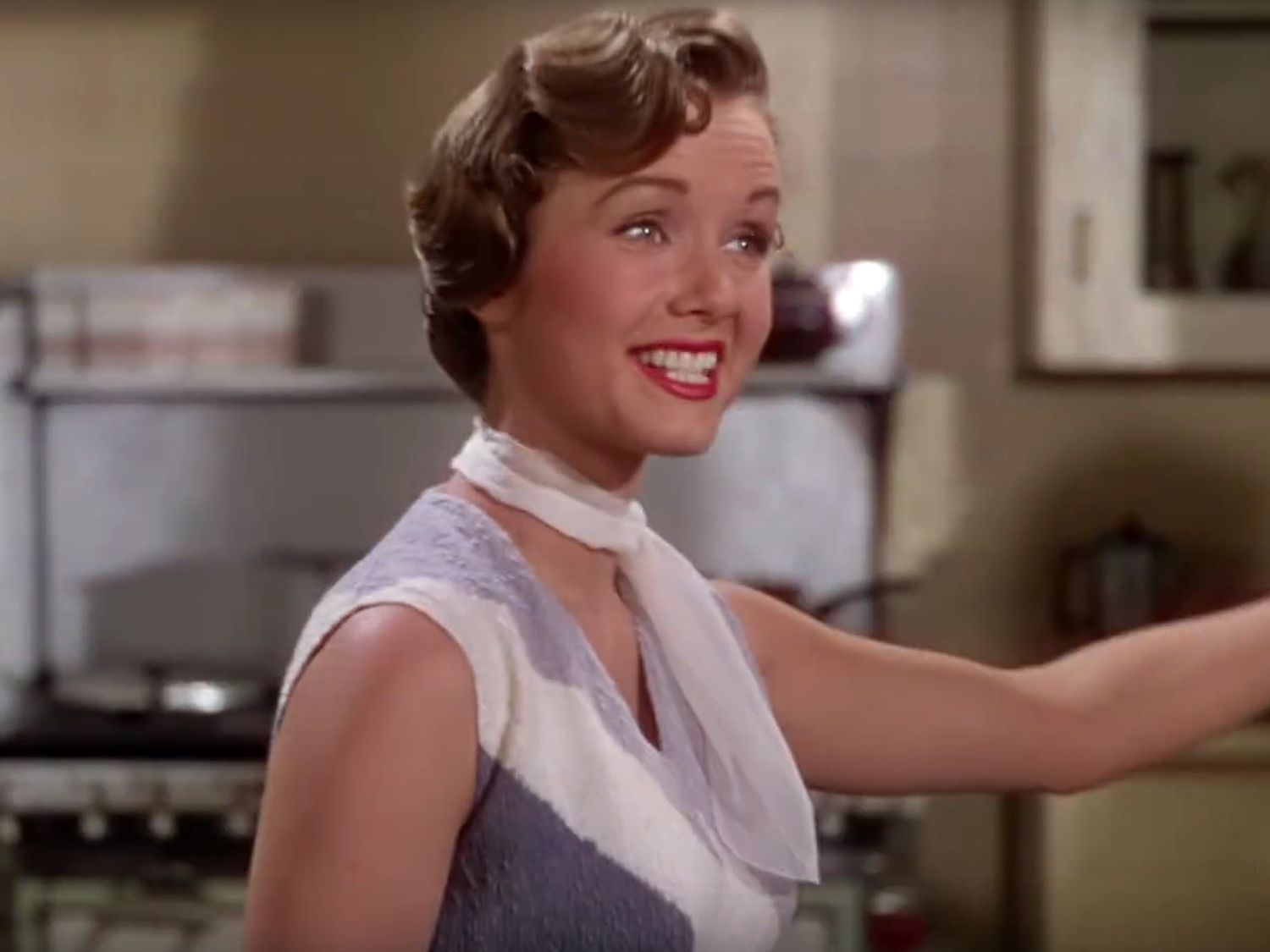
Less than five cuts
Amount of shots in each musical scene in Singin’ in the Rain
Talkie
Film with synchronized sound, as opposed to silent.
Diegetic Sound
Sound originating from the film's world.
Nondiegetic Sound
Sound not originating from the film's world.
Internal Diegetic Sound
Sound heard by a character only.
External Diegetic Sound
Sound that characters can hear externally.
Onscreen Sound
Sound coming from a visible source.
Offscreen Sound
Sound from a source not visible on screen.
Sound Mixing
Combining various sound elements in postproduction.
Foley Process
Creating sound effects synchronized with film.
Mickey-Mousing
Synchronizing sound with visual action closely.
Sound Perspective
Perception of sound location and distance.
Synchronous Sound
Sound that matches the timing of visuals.
Asynchronous Sound
Sound that does not match the visuals' timing.
Sound Bridge
Transitioning sound from one scene to another.
Sound Montage
Combining various sounds to create meaning.
Sound Libraries
Collections of sound effects for film use.
Rhythm in Sound
Pattern of sounds that creates pacing.
Pre-Scene
Audio that begins before the scene
Voice Over (V.O.)
Narration that provides insight into characters' thoughts.
Wide Shot
A shot that captures a large view of the scene.
Dutch Angle
Camera tilt to create a sense of unease.
Over-The-Shoulder
Shot showing perspective from behind a character.
Close-Up
Shot focusing closely on a subject or object.
Freeze Frame
Still image taken from a film sequence.
Colour Grading
Adjusting colors in post-production for mood.
Common Trope
Recurring theme or motif in storytelling.
Rule of Thirds
Composition technique for balanced framing.
Foreshadowing
Hints at future events in the narrative.
Product Placement
Incorporation of branded products into scenes.
Sound Effects
Audio elements added to enhance the scene.
Med Shot
Medium shot showing a character from the waist up.
Los Angeles
Setting for part of the film's action.
Character Motivation
Reasons behind a character's actions or decisions.
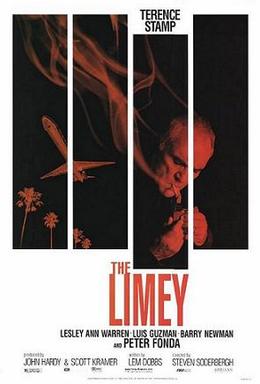
Avery's Rifle
Weapon indicating Avery's aggressive intent.
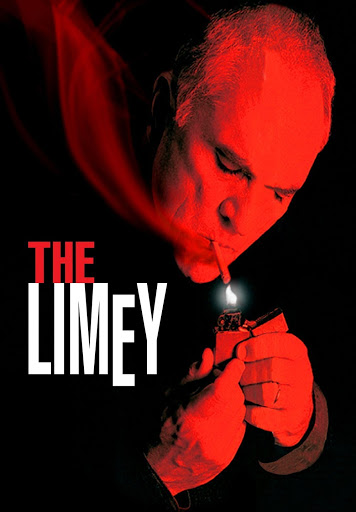
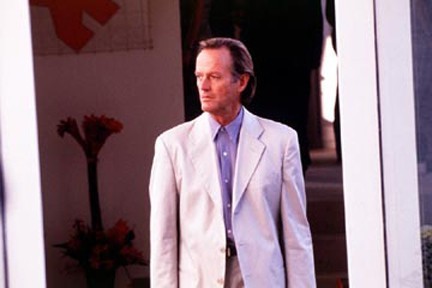
Terry's Ring
Symbol of connection to other characters.
Shake
Camera movement to create tension or excitement.
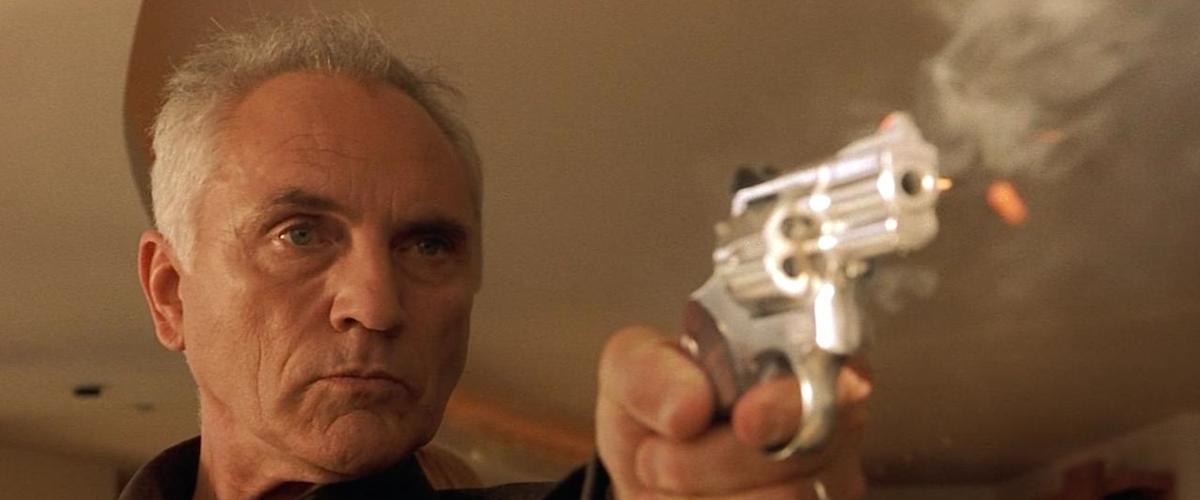
Young Wilson
Character's past representation in the narrative.
Actors Acting
Layered performances within the film's context.
Psycho
1960 horror film directed by Alfred Hitchcock.
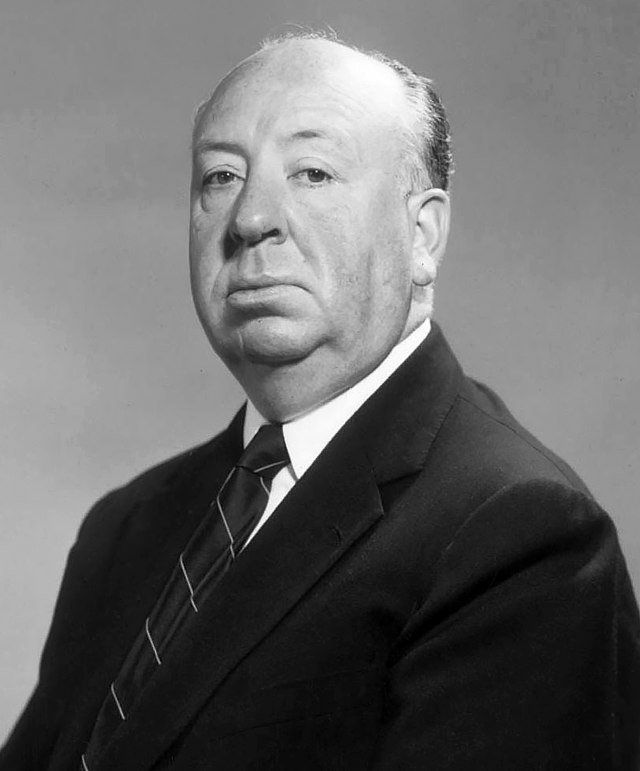
Establishing Shot
Initial shot setting the scene's context.
Over-The-Shoulder Shot
Camera angle from behind a character's shoulder.
Cross-Dissolve
Transition effect blending two scenes together.
DID
Dissociative Identity Disorder, affecting Norman's psyche.
Rule of Thirds
Composition technique dividing frame into thirds.
High Angle Shot
Camera positioned above the subject, creating vulnerability.
Close-Up
Shot focusing closely on a subject's face.
Pan
Horizontal camera movement across a scene.
Bad PI
Poorly performing private investigator character.
Freddie Highmore
Actor portraying Norman Bates in the series.
Norman Bates
Main character with a troubled psychological background.
Classic Trope
Common narrative element frequently used in films.
Vertigo effect
A camera technique that creates a distorted perspective of the foreground and background
POV shots
Point-of-view shots showing character's perspective.
Dramatic irony
Audience knows more than characters, creating tension.
Foreshadowing
Hints at future events in the storyline.
Crucifix
Symbol representing faith and sacrifice in film.
Fourth wall
Breaking the barrier between audience and characters.
Rule of thirds
Composition guideline for balanced visual framing.
Narration
Voiceover providing context, often seen as lazy.
Unhinged
Describes the chaotic and unpredictable nature of the film.
Steve Zissou
Protagonist played by Bill Murray.
Matthew Gray Gubler
Actor featured in the film.
Touchstone Pictures
Production company associated with Disney.
Theatrical Set
Visually appealing environment for the film.
Unrealistic Fight Scenes
Action sequences lacking realism.
Richard
Character played by John Hawkes in the film.
Cristine's Outfit
Symbolizes her integration into Richard's life.